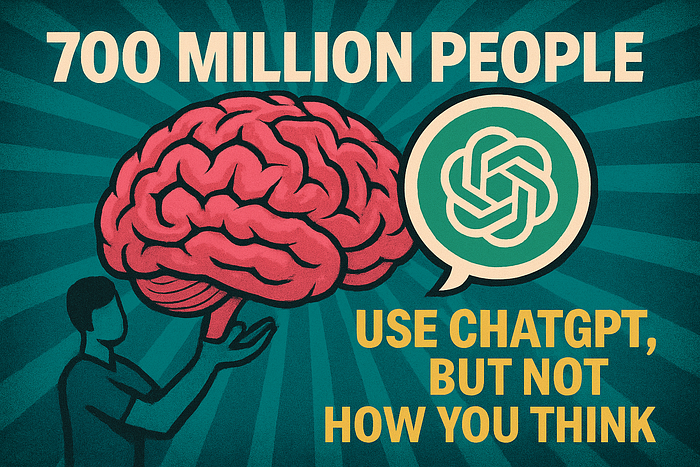Investigating Transformer Attention and Reinforcement Learning Dynamics Using Self‑Generated Structural Data
Last Updated on February 14, 2025 by Editorial Team
Author(s): Shenggang Li
Originally published on Towards AI.
Cracking the Code: Synthetic Data as the Key to Understanding and Enhancing LLMs
This member-only story is on us. Upgrade to access all of Medium.
Building large language models (LLMs) can be an endless battle against noisy, messy data. But what if we could strip away that noise and experiment in a clean, controlled environment? That’s exactly what we achieve with synthetic data — structured token sequences like “A”, “B”, and “ACB”, designed to mimic relationships between words in NLP. So, we can explore and refine core LLM mechanisms without getting lost in real-world complexities.
At the heart of this study are Multi-Head Latent Attention (MLA) and Group Relative Policy Optimization (GRPO), two powerful techniques inspired by DeepSeek. MLA optimizes how attention is distributed across tokens, while GRPO adjusts attention dynamically based on feedback, ensuring that critical tokens receive more focus. For instance, a token sequence like “ACB” isn’t just processed linearly; GRPO learns which tokens to prioritize based on their impact on predictions.
This project builds on AlphaGo’s strategies, where Monte Carlo Tree Search (MCTS) and reinforcement learning refined decision-making. I apply a similar idea to LLMs, using multi-path exploration to let multiple token contexts evolve simultaneously. Reinforcement learning then picks the best paths, cutting down on data needs while… Read the full blog for free on Medium.
Join thousands of data leaders on the AI newsletter. Join over 80,000 subscribers and keep up to date with the latest developments in AI. From research to projects and ideas. If you are building an AI startup, an AI-related product, or a service, we invite you to consider becoming a sponsor.
Published via Towards AI
Take our 90+ lesson From Beginner to Advanced LLM Developer Certification: From choosing a project to deploying a working product this is the most comprehensive and practical LLM course out there!
Towards AI has published Building LLMs for Production—our 470+ page guide to mastering LLMs with practical projects and expert insights!

Discover Your Dream AI Career at Towards AI Jobs
Towards AI has built a jobs board tailored specifically to Machine Learning and Data Science Jobs and Skills. Our software searches for live AI jobs each hour, labels and categorises them and makes them easily searchable. Explore over 40,000 live jobs today with Towards AI Jobs!
Note: Content contains the views of the contributing authors and not Towards AI.
















